Brian Roffel, Ben Betlem0470016639, 9780470016633, 0470016647, 9780470016640, 9780470058770
Hallmark Features: Includes worked out examples of processes where the theory learned early on in the text can be applied. Uses MATLAB simulation examples of all processes and modeling techniques- further information on MATLAB can be obtained from www.mathworks.com Includes supplementary website to include further references, worked examples and figures from the book
This book is structured and aimed at upper level undergraduate students within chemical engineering and other engineering disciplines looking for a comprehensive introduction to the subject. It is also of use to practitioners of process control where the integrated approach of physical and empirical modeling is particularly valuable.
Table of contents :
Cover……Page 1
CONTENTS……Page 7
FOREWORD……Page 13
PREFACE……Page 15
ACKNOWLEDGEMENT……Page 17
1.1 Application of Process Models……Page 19
1.2 Dynamic Systems Modeling……Page 20
1.3 Modeling Steps……Page 23
1.4 Use of Diagrams……Page 34
1.5 Types of Model……Page 38
References……Page 41
2.1 System States……Page 43
2.2 Mass Relationship for Liquid and Gas……Page 47
2.3 Energy Relationship……Page 56
2.4 Composition Relationship……Page 66
3.1 Environmental Model……Page 75
3.2 Procedure for the Development of an Environmental Model for Process Operation……Page 76
3.3 Example: Mixer……Page 86
3.4 Example: Evaporator with Variable Heat Exchanging Surface……Page 87
4.1 Behavioral Model……Page 89
4.2 Example: A Mixer……Page 95
5.2 Laplace Transform……Page 99
5.3 Useful Properties of Laplace Transform: limit functions……Page 101
5.4 Transfer Functions……Page 102
5.5 Discrete Approximations……Page 107
5.6 z-Transforms……Page 108
References……Page 113
6.2 Non-linear Process Models……Page 115
6.3 Some General Linearization Rules……Page 118
6.4 Linearization of Model of the Level Process……Page 120
6.5. Linearization of the Evaporator Model……Page 121
6.7. Linearization of the Chemical Reactor Model……Page 123
7.2 Stationary System and Operating Point……Page 127
7.3 Flow Systems……Page 128
7.4 Chemical System……Page 129
7.5 Stability in the Operating Point……Page 131
7.6 Operating Point Transition……Page 134
8.2 Simulation of the Level Process……Page 137
8.3 Simulation of the Chemical Reactor……Page 142
References……Page 144
9.1 Introduction……Page 145
9.2 Bode Diagrams……Page 147
9.3 Bode Diagram of Simulink Models……Page 153
References……Page 155
10.1 Introduction……Page 157
10.2 Accumulation Processes……Page 158
10.3 Lumped Process with Non-interacting Balances……Page 160
10.4 Lumped Process with Interacting Balances……Page 162
10.5 Processes with Parallel Balances……Page 166
10.6 Distributed Processes……Page 169
10.7 Processes with Propagation without Feedback……Page 172
10.8 Processes with Propagation with Feedback……Page 175
11.1 The Process……Page 179
11.2 Mixer with Self-adjusting Height……Page 182
12.2 Isothermal First-order Reaction……Page 187
12.3 Equilibrium Reactions……Page 190
12.4 Consecutive Reactions……Page 193
12.5 Non-isothermal Reactions……Page 196
13.1 Introduction……Page 203
13.2 First-order Reaction……Page 204
13.5 Tubular Reactor with Dispersion……Page 206
13.6 Dynamics of Adiabatic Tubular Flow Reactors……Page 210
References……Page 212
14.2 Heat Transfer from a Heating Coil……Page 213
14.3 Shell and Tube Heat Exchanger with Condensing Steam……Page 216
14.4 Dynamics of a Counter-current Heat Exchanger……Page 223
References……Page 224
15.1 Introduction……Page 225
15.2 Model Description……Page 226
15.3 Linearization and Laplace Transformation……Page 227
15.4 Derivation of the Normalized Transfer Function……Page 228
15.5 Response Analysis……Page 229
15.7 Example of Some Responses……Page 230
15.8 Separation of Multi-phase Systems……Page 231
15.9 Separator Model……Page 232
15.10 Model Analysis……Page 233
15.11 Derivation of the Transfer Function……Page 235
16.1 Column Environmental Model……Page 237
16.2 Assumptions and Simplifications……Page 238
16.3 Column Behavioral Model……Page 239
16.4 Component Balances and Equilibria……Page 240
16.5 Energy Balances……Page 243
16.6 Tray Hydraulics……Page 246
16.7 Tray Pressure Drop……Page 251
16.8 Column Dynamics……Page 254
Notation……Page 258
Greek symbols……Page 260
References……Page 261
17.2 Kinetic Equations……Page 263
17.3 Reactor Models……Page 265
17.4 Dynamics of the Fed-batch Reactor……Page 266
17.5 Dynamics of Ideally Mixed Fermentation Reactor……Page 270
17.6 Linearization of the Model for the Continuous Reactor……Page 272
References……Page 276
18.1 Introduction to Physiological Models……Page 277
18.2 Modeling of Glucose and Insulin Levels……Page 278
18.3 Steady-state Analysis……Page 280
18.4 Dynamic Analysis……Page 281
18.6 Introduction to Cardiovascular Modeling……Page 282
18.7 Simple Model using Aorta Compliance and Peripheral Resistance……Page 283
18.8 Modeling Heart Rate Variability using a Baroreflex Model……Page 286
References……Page 289
19.1 Need for Different Model Types……Page 291
19.2 Modeling steps……Page 292
19.4 Selection of Independent Model Variables……Page 293
19.5 Model Order Selection……Page 294
19.8 Model Evaluation……Page 295
20.1 Introduction……Page 297
20.2 Inner and Outer Product……Page 298
20.4 Gauss–Jordan Elimination, Rank and Singularity……Page 299
20.5 Determinant of a matrix……Page 301
20.6 The Inverse of a Matrix……Page 302
20.7 Inverse of a Singular Matrix……Page 303
20.8 Generalized Least Squares……Page 305
20.9 Eigen Values and Eigen Vectors……Page 306
References……Page 308
21.1 Examining the Data……Page 309
21.2 Detecting and Removing Bad Data……Page 310
21.4 Scaling of Variables……Page 313
21.5 Identification of Time Lags……Page 314
21.6 Smoothing and Filtering a Signal……Page 315
21.7 Initial Model Structure……Page 320
References……Page 322
22.1 Introduction……Page 323
22.2 PCA Decomposition……Page 324
22.3 Explained Variance……Page 326
22.4 PCA Graphical User Interface……Page 327
22.5 Case Study: Demographic Data……Page 328
22.6 Case Study: Reactor Data……Page 331
22.7 Modeling Statistics……Page 332
References……Page 334
23.1 Problem Definition……Page 335
23.2 The PLS Algorithm……Page 336
23.3 Dealing with Non-linearities……Page 337
23.4 Dynamic Extensions of PLS……Page 338
23.5 Modeling Examples……Page 339
References……Page 343
24.2 Empirical (linear) Dynamic Models……Page 345
24.3 The Least Squares Method……Page 346
24.4 Cross-correlation and Autocorrelation……Page 347
24.5 The Prediction Error Method……Page 349
24.6 Identification Examples……Page 350
24.7 Design of Plant Experiments……Page 355
References……Page 358
25.1 Introduction……Page 359
25.2 State Space Model Identification……Page 360
25.3 Examples of State Space Model Identification……Page 361
References……Page 366
26.1 Model Reduction in the Frequency Domain……Page 367
26.2 Transfer Functions in the Frequency Domain……Page 368
26.3 Example of Basic Frequency-weighted Model Reduction……Page 369
26.4 Balancing of Gramians……Page 371
26.5 Examples of Model State Reduction Techniques……Page 374
References……Page 378
27.1 The Structure of an Artificial Neural Network……Page 379
27.2 The Training of Artificial Neural Networks……Page 381
27.3 The Standard Back Propagation Algorithm……Page 382
27.4 Recurrent Neural Networks……Page 385
27.5 Neural Network Applications and Issues……Page 388
27.6 Examples of Models……Page 390
References……Page 397
28.1 Mamdani Fuzzy Models……Page 399
28.2 Takagi-Sugeno Fuzzy Models……Page 400
28.4 Example of fuzzy modeling……Page 402
28.5 Data Clustering……Page 404
28.6. Non-linear Process Modeling……Page 409
References……Page 415
29.2 Network Architecture……Page 417
29.3 Calculation of Model Parameters……Page 419
29.4 Identification Examples……Page 421
References……Page 428
30.1 Introduction……Page 431
30.2 Methodology……Page 432
30.3 Approaches for Different Process Types……Page 442
30.4 Bioreactor Case Study……Page 454
Literature……Page 456
31.1 Introduction……Page 457
31.2 Process Control Goals……Page 458
31.3 The measuring device……Page 462
31.4 The control device……Page 467
31.5 The Controller……Page 469
31.6 Simulating the controlled process……Page 470
References……Page 471
32.1 Purpose of Control……Page 473
32.2 Controller Equations……Page 475
32.3 Frequency Response Analysis of the Process……Page 476
32.4 Frequency Response of Controllers……Page 478
32.5 Controller Tuning Guidelines……Page 480
References……Page 482
33.1 Procedure……Page 483
33.2 Example: Desulphurization Process……Page 490
33.3 Optimal Control……Page 493
33.4 Extension of the Control Scheme……Page 496
33.5 Final Considerations……Page 503
34.1 Control Scheme for a Distillation Column……Page 505
34.2 Material and Energy Balance Control……Page 513
Summary……Page 518
Appendix 34.1 Impact of Vapor Flow Variations on Liquid Holdup……Page 519
Appendix 34.2 Ratio Control for Liquid and Vapor Flow in the Column……Page 520
35.1 Introduction……Page 521
35.2 Initial input–output Variable Selection……Page 523
35.3 Extension of the Basic Control Scheme……Page 527
35.4 Selection of the Final Control Scheme……Page 528
References……Page 532
A1: Problem Analysis……Page 533
A2: Dynamic Process Model Development……Page 535
A3: Dynamic Process Model Analysis……Page 539
A4: Dynamic Process Simulation……Page 542
A5: Process Control Simulation……Page 548
Hints……Page 552
Index……Page 553
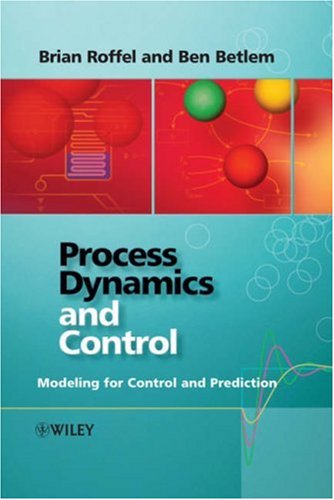
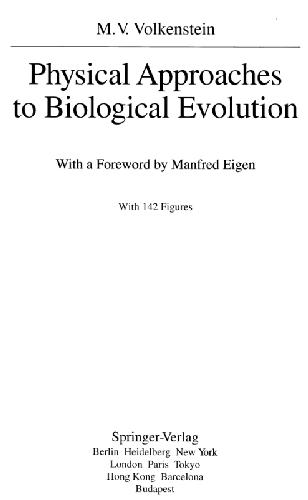
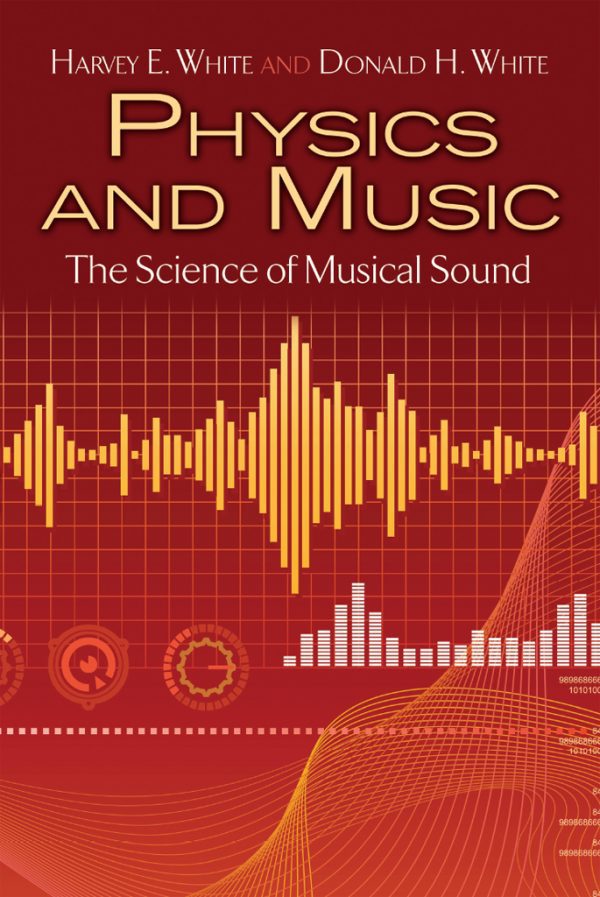
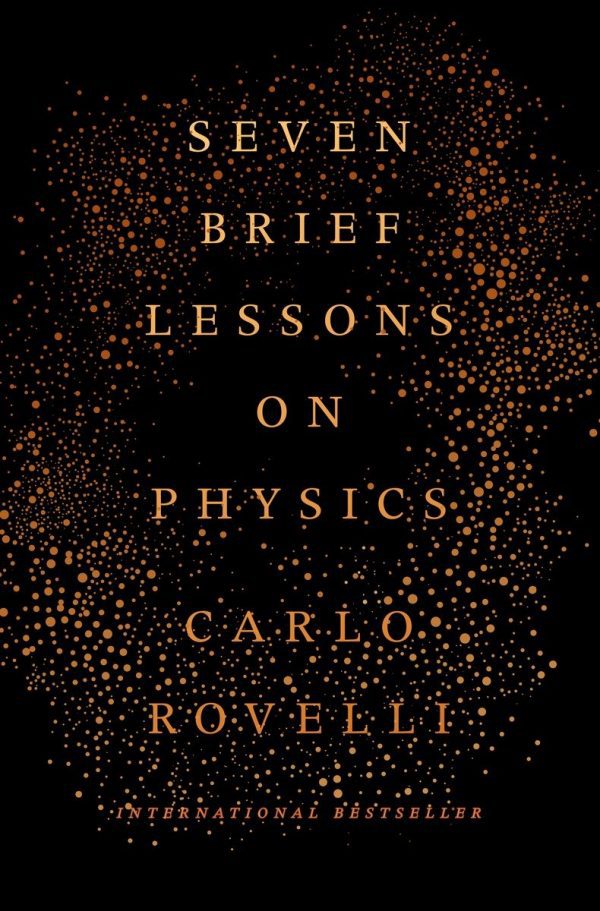

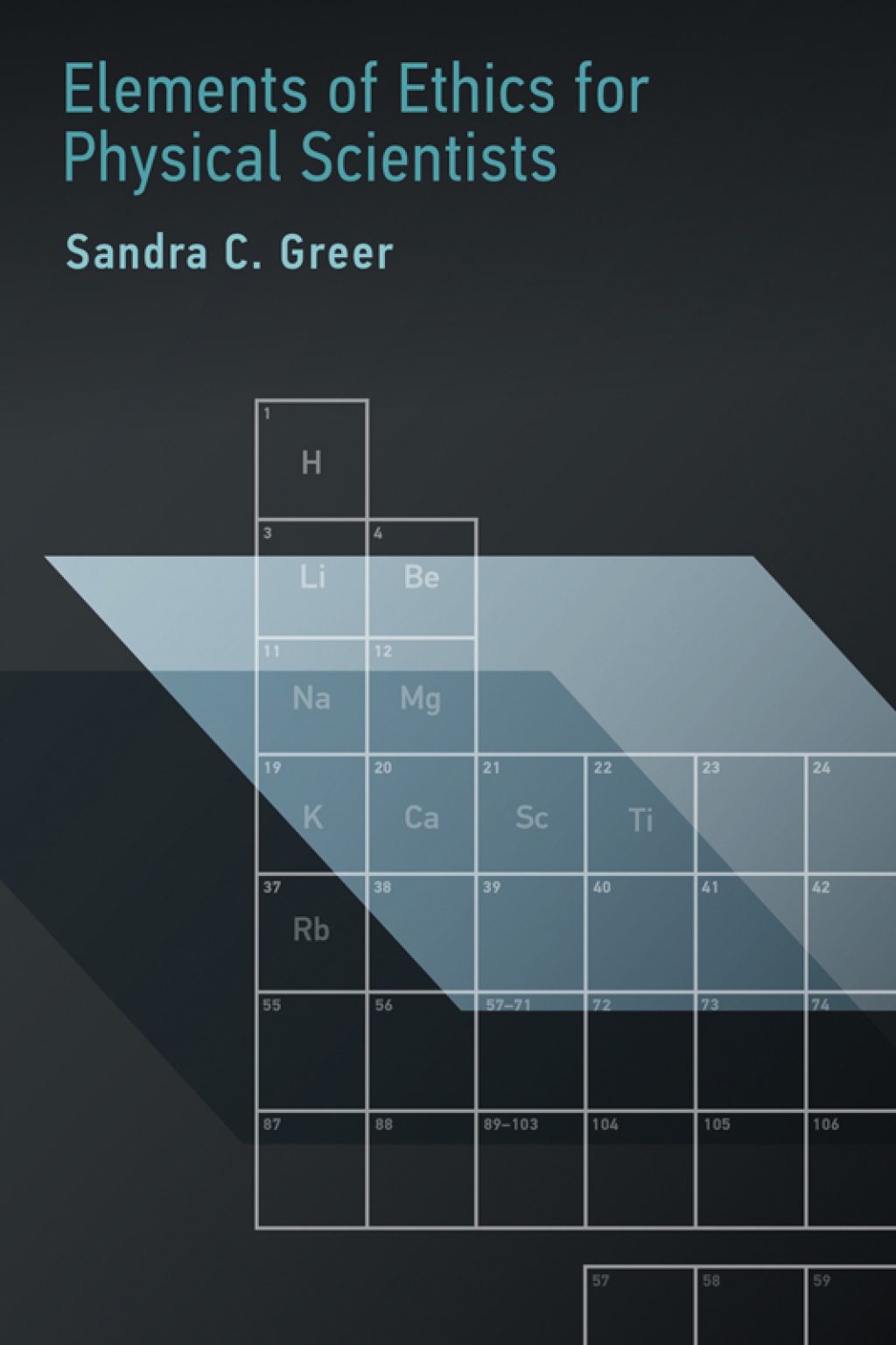

Reviews
There are no reviews yet.